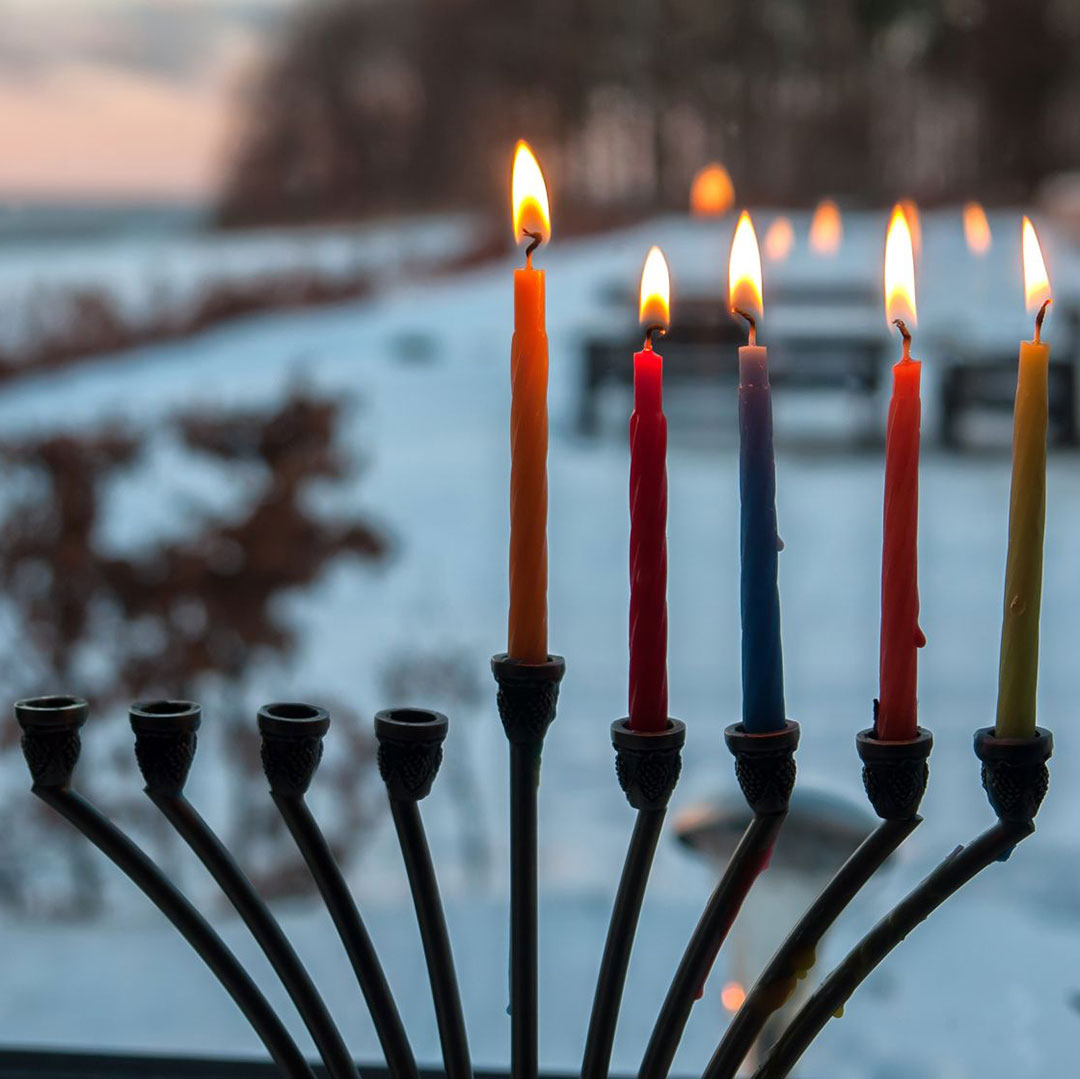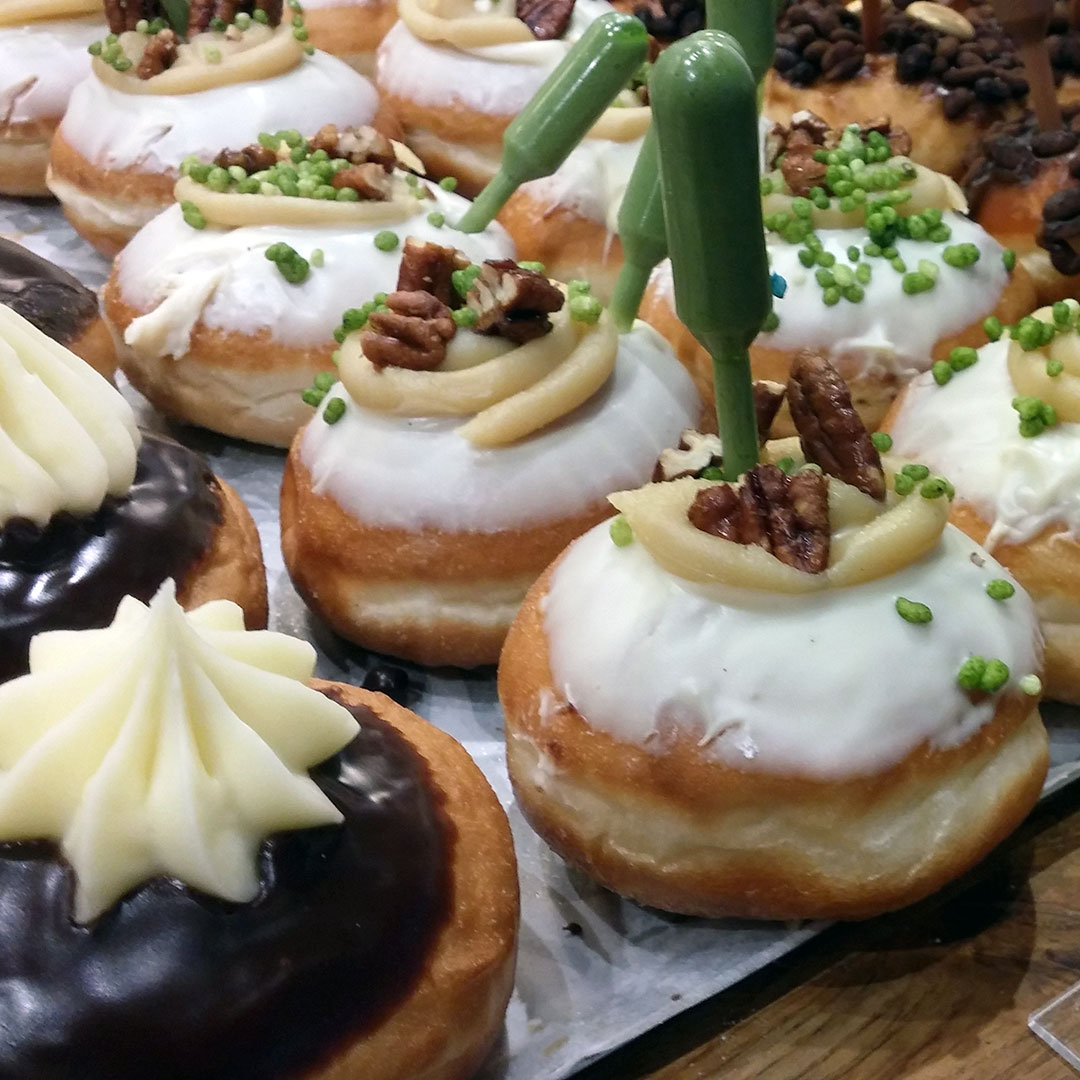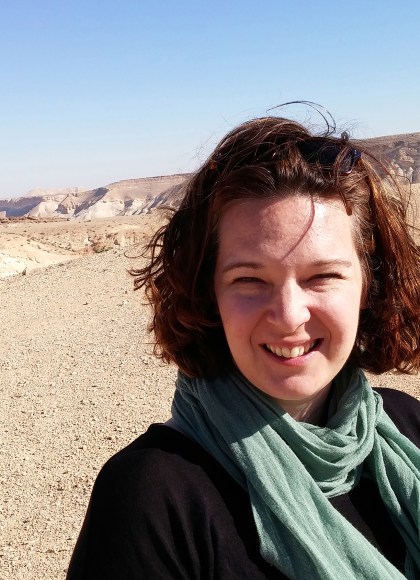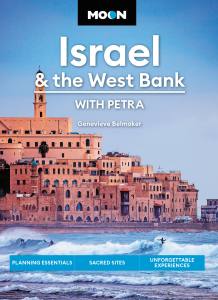How Israel Celebrates Hanukkah
Israel’s interpretation of how to celebrate Hanukkah (the transliteration and Romanized spelling is also written as Chanukah and Hanukah) is vastly different from the American interpretation. There is generally very little to no gift giving, with the exception of perhaps a dreidel or a little bit of gelt (chocolate or real money) for the children. There are a couple of consistent Hanukkah traditions in Israel that are widely practiced: lighting menorah candles and eating certain types of fried foods.

Lighting one candle a night for eight nights on the menorah (which this year falls between December 24 to January 1 on the Jewish calendar) is a widespread practice in Israel. It represents the rededication of The Temple, the holiest site in Judaism, during a Jewish rebellion in 164 B.C.
Today, those who are religiously observant in Israel light the candles one by one and display the menorah in the window. Traditions vary based on the family, and sometimes the menorah is placed somewhere inside the house. Ancient menorahs had seven branches and were used as a sort of symbol of a portable temple during the years that Israelites wandered in the desert. The modern version has nine branches: one central or side candle is used to light the other eight. Each night one additional candle is lit until all nine candles, either wax or olive oil lamp, are burning. First-century Jewish historian Josephus Flavius dubbed Hanukkah the “festival of lights,” and the moniker has remained until modern times.
Newsletter Signup
By clicking ‘Sign Up,’ I acknowledge that I have read and agree to Hachette Book Group’s Privacy Policy and Terms of Use
The oil used in the ancient menorah is at the root of why modern Israelis use fried food to celebrate Hanukkah. Two specific fried foods are popular during the weeks leading up to Hanukkah: fancy donuts and potato latkes. Latkes are typically prepared and eaten at home with family, but donuts are sold everywhere in Israel starting in mid-November.
The Israeli version of a donut for Hanukkah is a small dough ball with filling and frosting on top, but without a hole in the center. They are sold in shopping malls, bus terminals, cafes, and coffee shops, and even as part of street bazaars in some places. Some versions of the donuts include fancy decorations on the top and rich fillings that range from jam to chocolate to different flavored fillings. They generally cost about $2.50 each.

Hanukkah is a bit unusual among Israeli holidays in that only schools are closed for a portion of the holiday, unlike many other holidays which commercial and government functions also shut down. It has little noticeable impact in daily life, but if you’re out after dark and walking in the streets, you can see many menorahs lit up in windows, truly making it feel like the festival of lights.
Newsletter Signup
By clicking ‘Sign Up,’ I acknowledge that I have read and agree to Hachette Book Group’s Privacy Policy and Terms of Use
Pin it for Later


